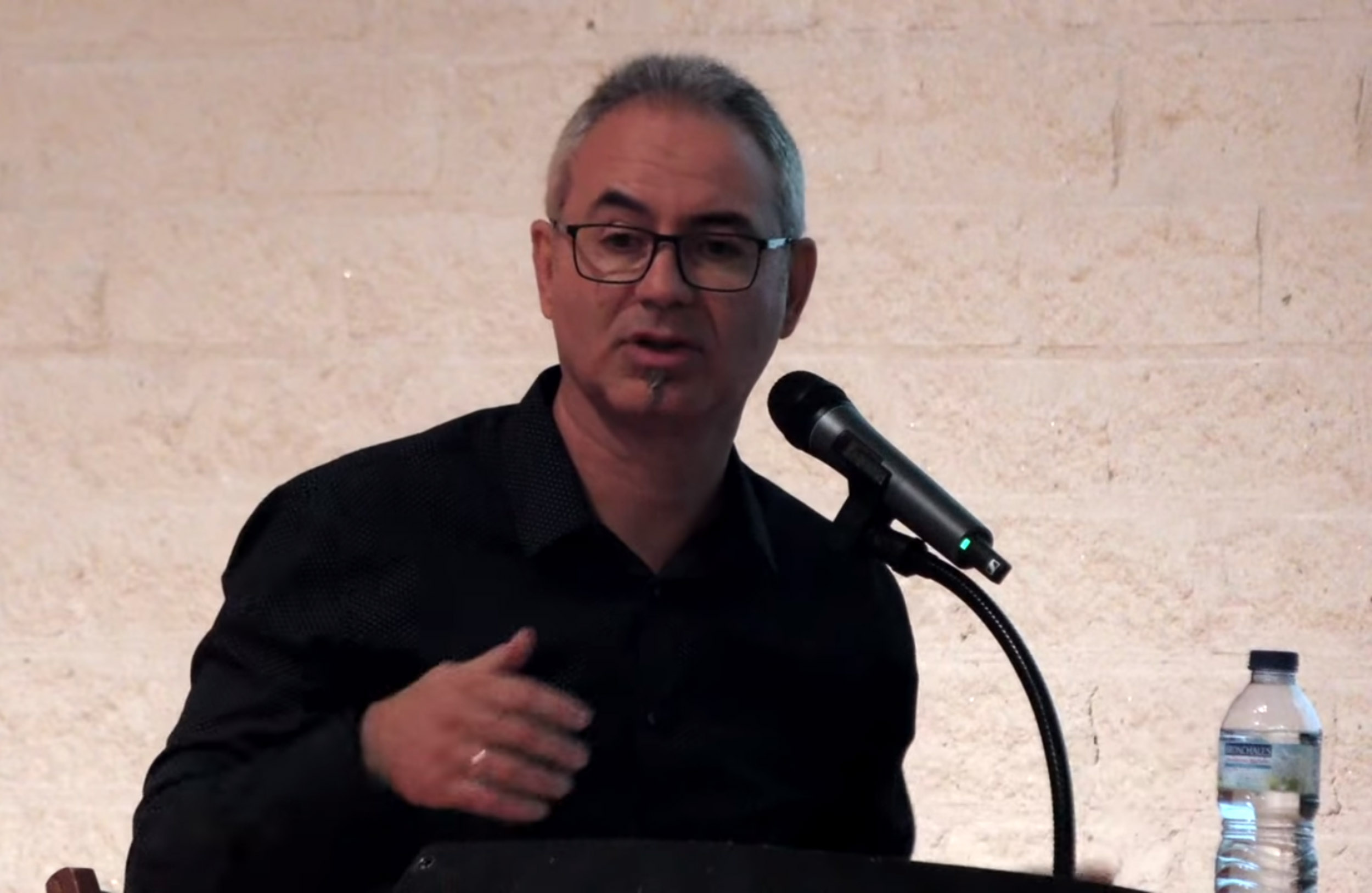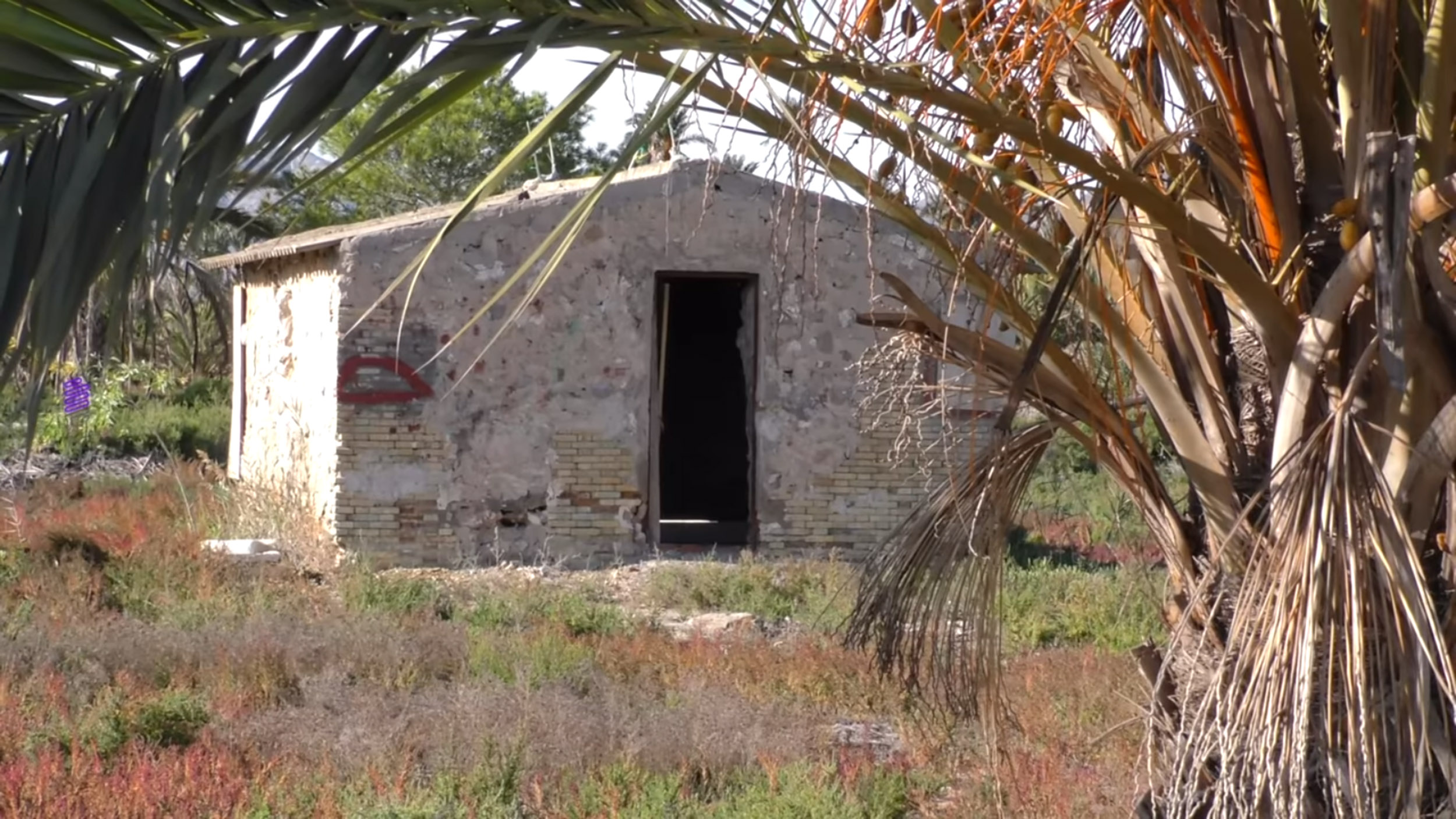There were more than 190 concentration camps, holding 170,000 prisoners in 1938 and between 367,000 and about half a million prisoners when the war ended in 1939 but of them all, the researcher Felipe Mejías has said that the camp at Albatera, on the present day site of San Isidro railway station, was the most important of them all.

It is estimated that 25,000 people died at the camp, all of which remains is a small brick shed that was close to the gatehouse and which is now used as tool store.
In a study carried out by the archaeologist and historian Felipe Mejías in the Chair of the Inter universitaria de Memoria Democrática of the Valencian Community of the universities of Alicante, Valencia, Castellón and the Ministry of Justice, Mejías says, without hesitation, that Albatera, was the most important concentration camp of the Franco regime.
Now in the municipal area of San Isidro, many thousands of people died, both from hunger and diseases or they were shot because of their republican status.
Captured in the port of Alicante when they tried to leave Spain on the steamship the SS Stanbrook steam ship, captained by Welshman Archibald Dickson, the camp comprised of thousands of important people from the government of the Republic, such as mayors, civil governors or political commissaries, as well as military, journalists, trade unionists, writers and artists, more than 15,000 of them at a time, who were crowded into the camp, just 700 metres long and 200 metres wide.
Mejías was the first researcher to obtain reliable testimonies from residents in the area who not only told him what his parents and grandparents had told him earlier about the concentration camp, but also where human remains could be found in local fields.
Thanks to the testimonies, the archaeologist has now been able to determine that there is a large mass grave or small pits in the area where the concentration camp was located, specifically just outside the fence that surrounded the camp. “There were barracks in front of the fence so the prisoners never knew that prisoners were buried there , they only saw dead bodies in trucks, or heard the shots of those being executed, but they did not know where the bodies were taken, as a result of which they have never been found, “he says.
Until now. “I have 4 oral and reliable testimonies that have told me how bones and corpses were found in these areas by local farmers,” he explains. “One of the residents told me that he found a skull with his sister while his father was working the land with a tractor and it was exposed”. He says that it is not the only discovery. In the same area a femur and an arm were found.
But, undoubtedly, the testimony that caused the most impact and that led to the conclusion that there is a common grave was that of a worker, now retired, who told him that in 1977, during some work to install pipes in the area of the concentration camp, appeared, two bodies were found covered with a grey substance, now thought to be quicklime. “The most shocking thing was that they closed up the ditch, because their foreman told them to do so, and they then opened another one 10 metres away where they found more corpses, and another one 12 metres further along.

“When he told me I was excited,” said the archaeologist who explained that “this shows that there is a large grave here and now we will have to do excavation work with georadar device in order to locate the bodies. ”
As a result of the discovery, Compromís has presented in the Congress of deputies this week a proposal for the area to be protected as a space of memory and thus begin the work, which will be further protected by the National Historical Memory Act and the recently approved Autonomous Democratic Memory Act.
However there are still many unknowns before the mysteries surrounding this concentration camp can be resolved. Some testimonies even indicate that it was visited by Nazi soldiers sent by Hitler, one thought now being that Albatera became the example of what later became the extermination camps of German fascism? This is something that other studies will now also have to investigate.





